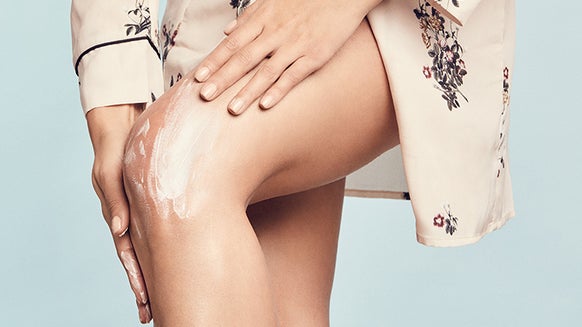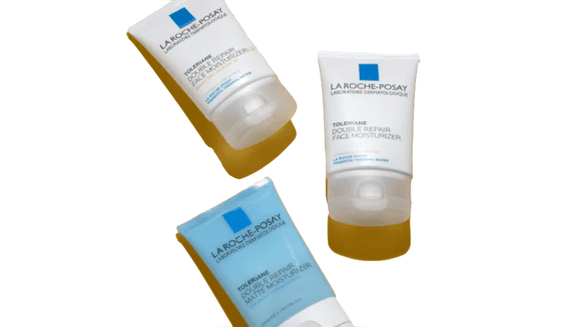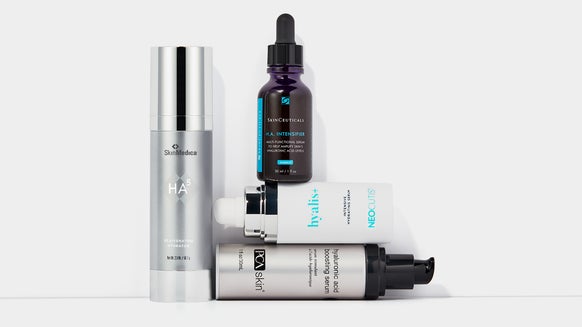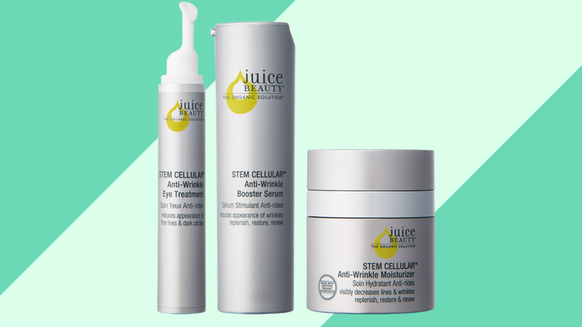What Is Petroleum Jelly and Is It Safe? Dr. Rogers Explains.
The crude version of petroleum was discovered in 1859 on oil rigs. It was a thick, dark substance collected on pump joints during the oil-extraction process that had to be scraped away. Initially called “rod wax,” this substance was used by oil workers to protect their hands. In 1870, Vaseline was introduced as a colorless, odorless, occlusive ointment distilled from rod wax and marketed as having medicinal properties.
Over 100 years later, we know a bit more about petroleum jelly. It provides an occlusive layer over the skin, preventing transepidermal water loss, which has been shown to be helpful for healing skin [1, 2]. It is important to note that despite what many of us have been taught, skin heals faster when you keep it covered with ointment and a bandage. Wounds do not benefit from drying out or scabbing. The question is, what do you use to occlude it and how can you be sure it is helping and not hurting?
The Problem With Petroleum Jelly
Despite what most people think, allergy to petroleum jelly is quite rare. Health concerns with using petroleum jelly come from the theoretical risk of exposure to contaminates in the petroleum, in particular polycyclic aromatic hydrocarbons (PAH). PAHs are formed when oils are burned, such as with coal, gasoline or even when you grill a steak. At least 15 of the more than 100 forms of PAHs are deemed “reasonably anticipated to be human carcinogens,” according to the Report on Carcinogens, Fourteenth Edition. Ideally, the refining process removes PAH contamination from petroleum jelly, as PAHs can enter the body right through the skin. Interestingly, the EU requires a full history of the refining process of petroleum jelly with proof that it is not a carcinogen. The US does not yet have this regulatory requirement.
Nonetheless, petroleum jelly is likely safe for the skin. However, we certainly know it is not renewable, and the concept of covering your skin with a fossil fuel extract may gross some people out. This picture becomes further complicated by other ingredients added to the petroleum jelly. Products like Aquaphor, Bag Balm, Neosporin, Polysporin and many others use a petroleum base mixed with ingredients that are now known to be common allergens like lanolin and neomycin. These ingredients can irritate the skin and slow the healing process.
Petroleum-Free Options
If you need a cheap, easy option to protect your skin, petroleum jelly could be an option. If you are looking for something that works just as well without petroleum, I recommend other plant-based options, like Doctor Rogers RESTORE Healing Balm. This ointment only has three carefully selected ingredients---all of them are hypoallergenic and plant-based. We use castor seed oil and wax to provide that same occlusive protection as petroleum but with fatty oils that are renewable and have emollient (moisturizing) properties. The vegetable-derived glycerin is included in the balm because of its humectant properties to pull water into the skin to help hydrate and heal. It is all we use after surgeries and laser treatments in my dermatology practice.
Hope this helps. Until next time!
Warmly,
Heather D. Rogers, MD
- Lodén M, Bárány E. Skin-identical lipids versus petrolatum in the treatment of tape-stripped and detergent-perturbed human skin. Acta Derm Venereol. 2000;80(6):412-5.
- Ghadially R, Halkier-Sorensen L, Elias P. Effects of petrolatum on stratum corneum structure and function. J Am Acad Dermatol. 1992;26(3 Pt 2):387-96.

Dr. Heather D. Rogers is a double-board certified dermatologic surgeon and the founder of Doctor Rogers Skin Care. She practices procedural and cosmetic dermatology full-time at Modern Dermatology in Seattle and maintains a strong online presence that emphasizes education about all things skin. Her expertise derives from her training at Stanford, Univ. of Washington and Columbia, plus two decades of ongoing clinical experience. Follow Dr. Rogers on Instagram, Facebook, and Youtube.
Related Posts
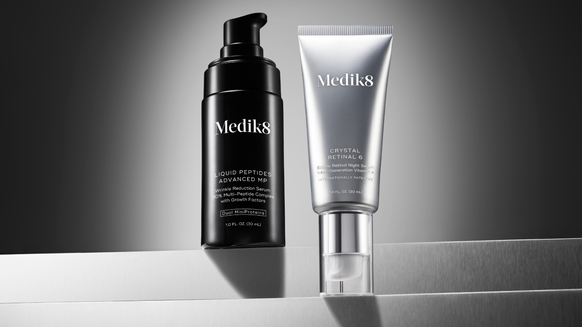
Glowing Skin Secrets: Top Dermatologists Recommend Skincare That Delivers Results


